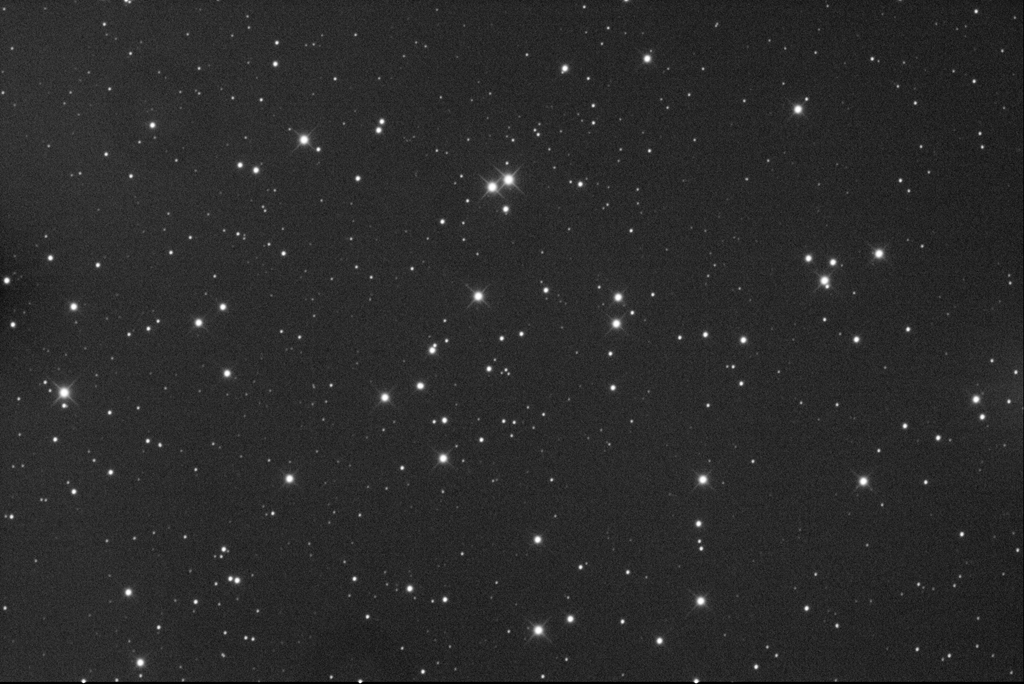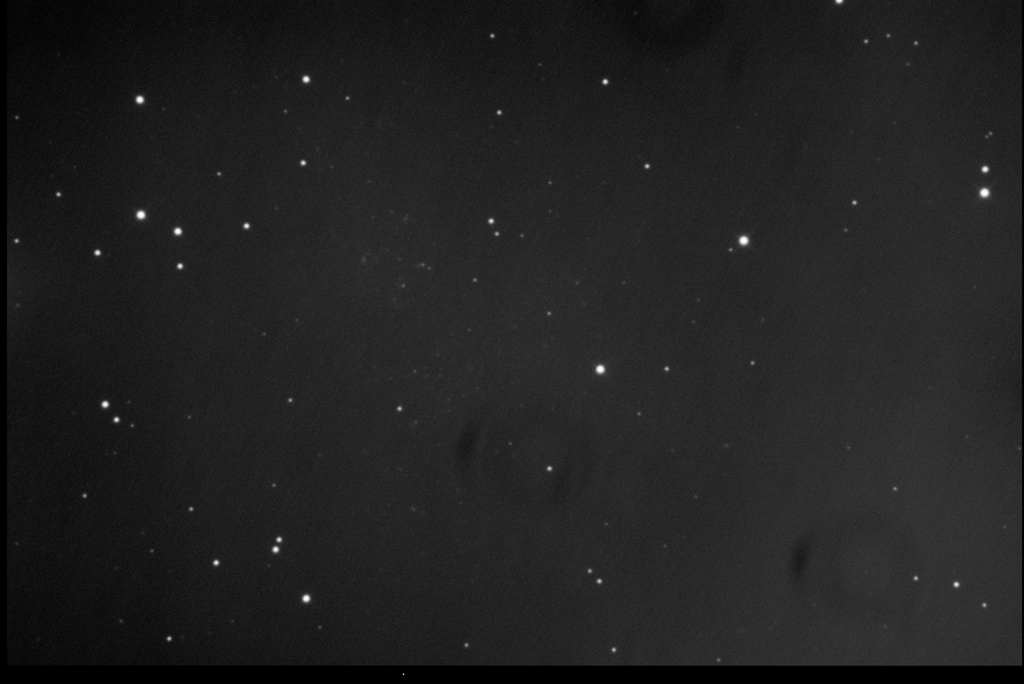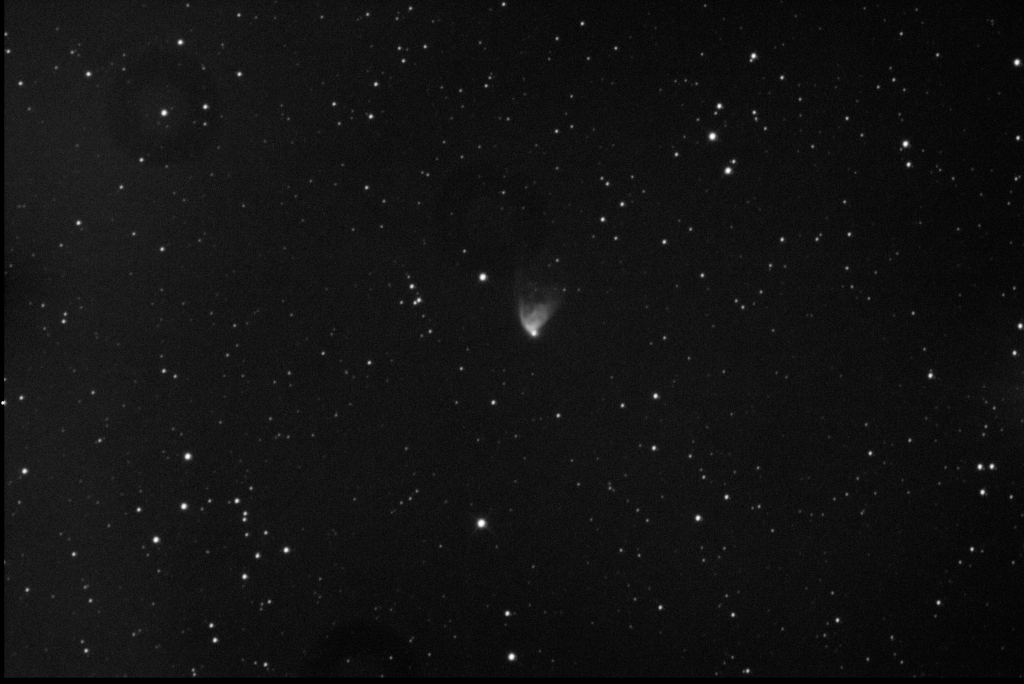Trying out Sharpcap’s Platesolving features which one you get the hand of the way of working it, works really well. I like that it fills the name of the target you have platesolved to and that name gets added to the file structure on your drive, so when it comes to writing up the observing log, all the files are in their respective folders.
Still not wildly happy with the focus routine. It’s not fully automatic as such as it requires training – I only discovered this this morning when reading the instructions. However, once you have dialled in the step size and the number of steps, it’s OK. I have found that different scopes will require different settings. As far as I can tell saving presets doesn’t include the ability to save the focus settings, which is a pity.
I also used Sharpcap to take the darks. These are put into a default download folder and sorted into sub folders for camera, gain and exposure time. This does make it easier managing which ones to use. It would be nice is these could be selected on the fly when you change exposure, but I guess that’s an ask.
I also got to further collimate the scope after the rebuild. It still requires a little tweaking, but it’s well in the ballpark as long as you don’t pixel peep to the extreme.
Session Data
- Date: 11/11/2024
- Time: 21:12 – 02:11 UT
- Seeing: I. Excellent
- Transparency: III. Clear with slight haze.
- Temp: 7 C,
- Air Pressure: 1040mb
- Humidity: 90%
- Dew Point: 6 C
- Wind Speed: 7mph
Scope: Altair 250mm RC f/5.3 Camera: ZWO ASI 183MM. Darks applied, but no Flats taken.
All images are displayed North to the Top and East to the Left.
HT5, NGC404

This is really only here while I was checking initial focus position as well as collimation. I did observe NGC404 back in October.
Image Integration Time: 660 sec
HT27, NGC1647

If I expand the FOV show in Astroplanner , this cluster expands well beyond the FOV we see here. This is one of those targets that needs the wider FOV of the TMB, which I will do as this should look quite pretty when viewed at 1.5 degrees.
I see a spread of hot A and B class, 9 to 11h mag stars clustered in 5-6 groups all across the FOV. Halfway up from the centre to the North are two bright 9 mag stars 33 arc/secs apart
Image Integration Time: 660 sec
Caldwell 51, IC1613

Wow. This is faint. even after 11 mins I’m only just making out a few bright star like structures. I can barely make out the brighter cluster of star forming regions to the NE. This is another irregular dwarf galaxies and reminds me of NGC4214 I imaged back in may 2020.
Image Integration Time: 690 sec
Caldwell 22, NGC7662

With a bit of careful STF adjustment in Pixinsight, you can just make out the bipolar nature of this planetary. There appears to be a central star but it is offset to the the NW. The inner lobes are orientated NE – SW and the tips look slightly brighter at the end of the longest dimension. The outer shell has a brighter bulge to the SW.
Image Integration Time: 330 sec
Caldwell 46, NGC2261


With an overall V shape, this nebula streams extends 2.3 arc/min to the North of the bright Variable star R Mon forming a fan shape. The brighter eastern side extends further to the north then the western side.
These is a 3 bladed propeller shaped region of dark material obscuring the North eastern section so the nebula looks lop sided to the West.
At the South Eastern edge of the frame is a grouping of stars that looks just like the constellation Sagittarius.
Image Integration Time: 330 sec
C/2022 E2 ATLAS

I was lucky to have found this without having to resort to a scope change with a wider FOV and I only just saw the smudge of this comet just on the edge of my frame. I’m not sure why this is, but I suspect I may not have updated the orbital elements in Astroplanner that evening before slewing to it. I should have used Skytools 4 as this data is updated every time you fire the software up, so will always be up to date.
When I platesolved the image the next day, the Skytools position was 16 arc seconds away from actuality.
I took 15 x 60 sec subs and stacked them using Pixinsight. I used this Youtube video by VisibleDark for the process and I think this came out reasonably well. I should have paid heed to Skytools 4 Imaging that the trail time for this night was 16 second subs, so I think I have a little smearing of the comet. But this is EAA so overall, I’m happy with the final result.
M1, NGC1952

This is another one of those SN remnants that looks like a brain.
To the East is a dark triangular hole showing the background sky. At the core there are four swirls of gas and dust forming a cross whose arms are almost aligned NSEW. A couple of them to the North looks like two flamingo out for a walk to the West. The structure is a rounded rectangular shape and has a prominence stretching out towards the SW.
Image Integration Time: 450 sec